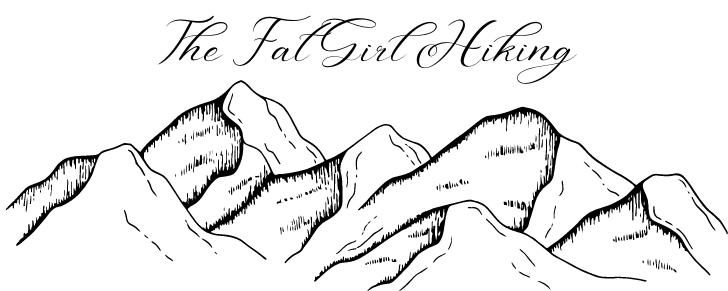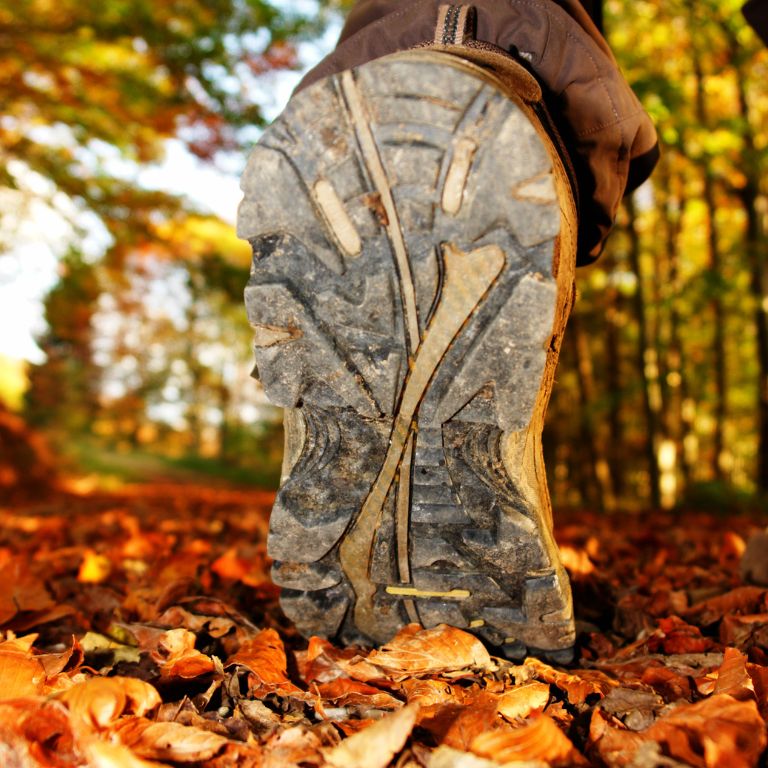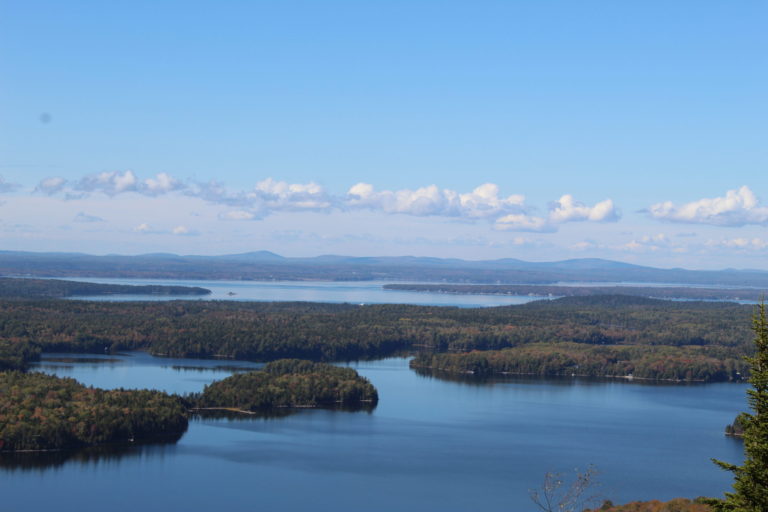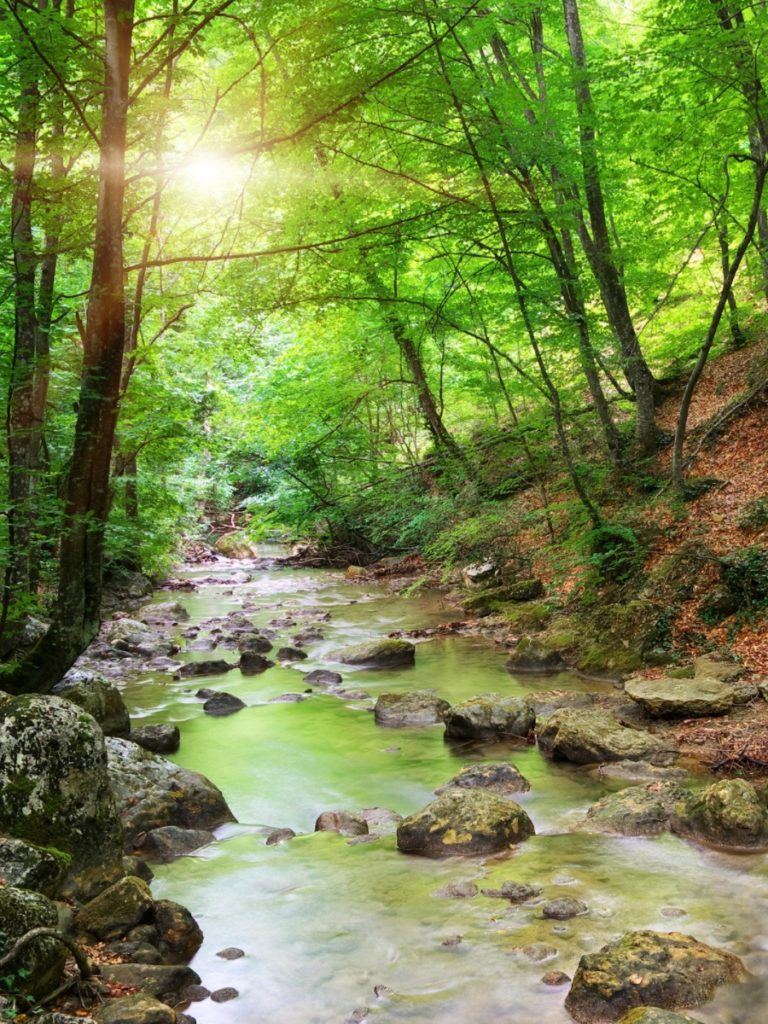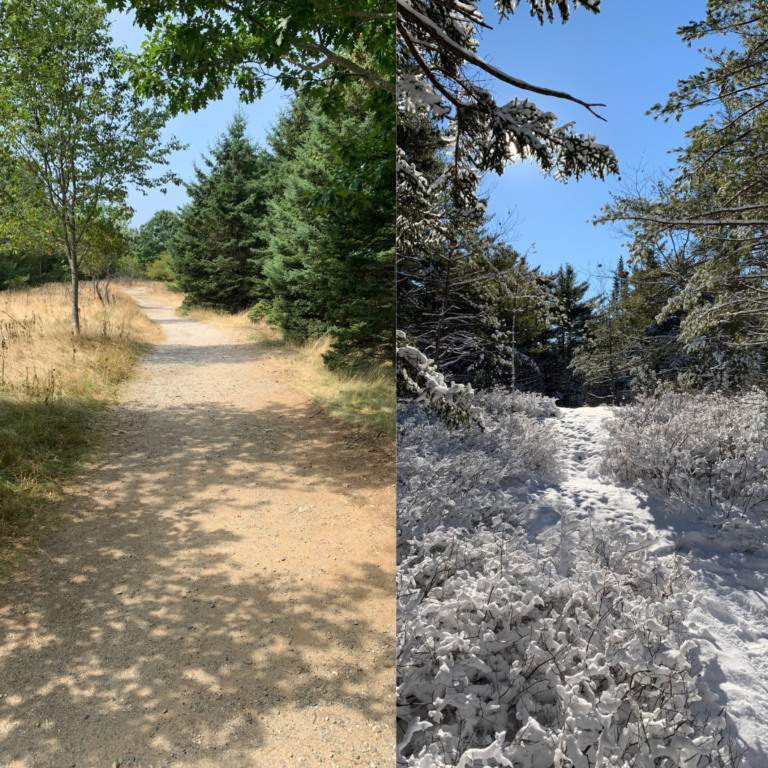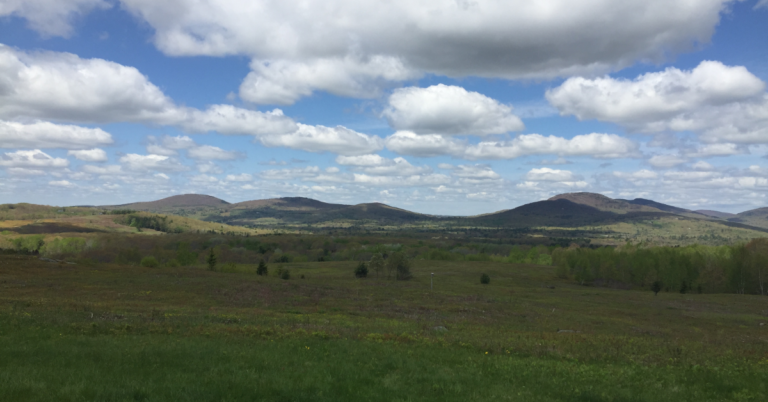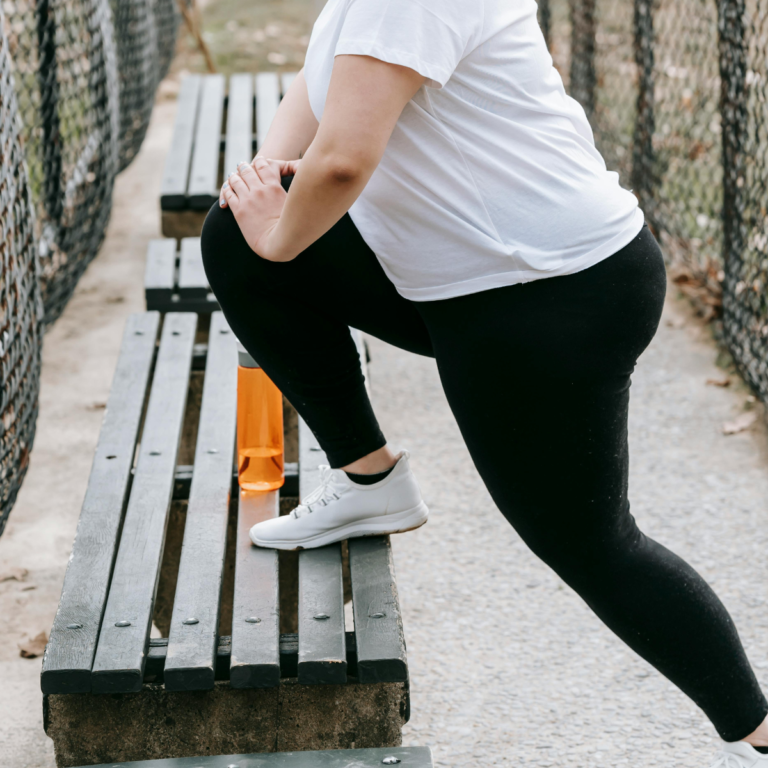Beginner Hiking: How To Prepare Yourself

The First Hike is the Hardest
Like with any new activity, getting started doing it is the hardest part. It takes courage to try something new, especially if you know it’ll challenge you physically and mentally; hiking does both. While your first beginner hiking experience shouldn’t be the most difficult hike you do in terms of distance and elevation gain, it’ll be difficult mentally because you don’t know what to expect or how you’ll do on the trail.
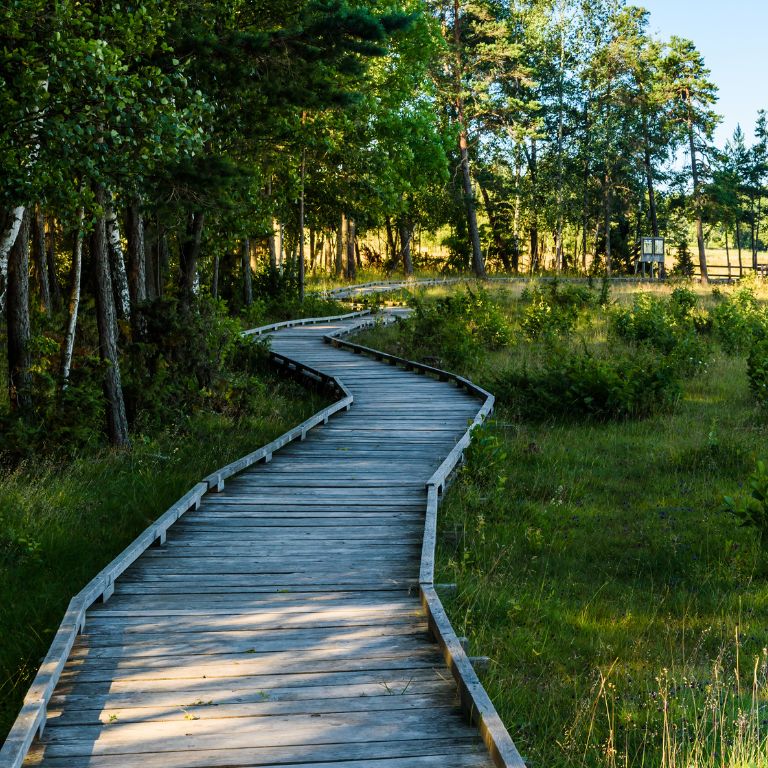
The main thing to keep in mind is that you want to be able to enjoy this activity. If you pick a 15-mile day hike that climbs 3,000 ft. and almost pass out in the hot sun, you’ll probably never lace up your boots again. Instead, start slowly, bring snacks you think are rad, and call up your best friend to come along with you. If you head into your beginner hiking experience with little expectation and proper preparation, you’ll love every second of the experience. Treat this article as a guide for your first hike. I won’t lead you astray, unlike the confusing trails you might encounter, but we’ll cover this later.
Picking Your Hiking Trail As A Beginner
The formula for a successful first hike is to pick exactly a 3.38-mile hike! Also only wear rain boots, and eat licorice all day. Okay, okay, there’s no exact formula; and if there was one, that definitely wouldn’t be it. It is important to assess your skill level and plan for a hike that matches what you’re capable of. When choosing your trail, choose one that’s only as long as you know you could comfortably walk. Maybe it’s 1, 2, or 3 miles starting out. By starting with a shorter trail, you’ll be able to get a sense of your pace, how you feel after “x” number of miles, and scale up from there.
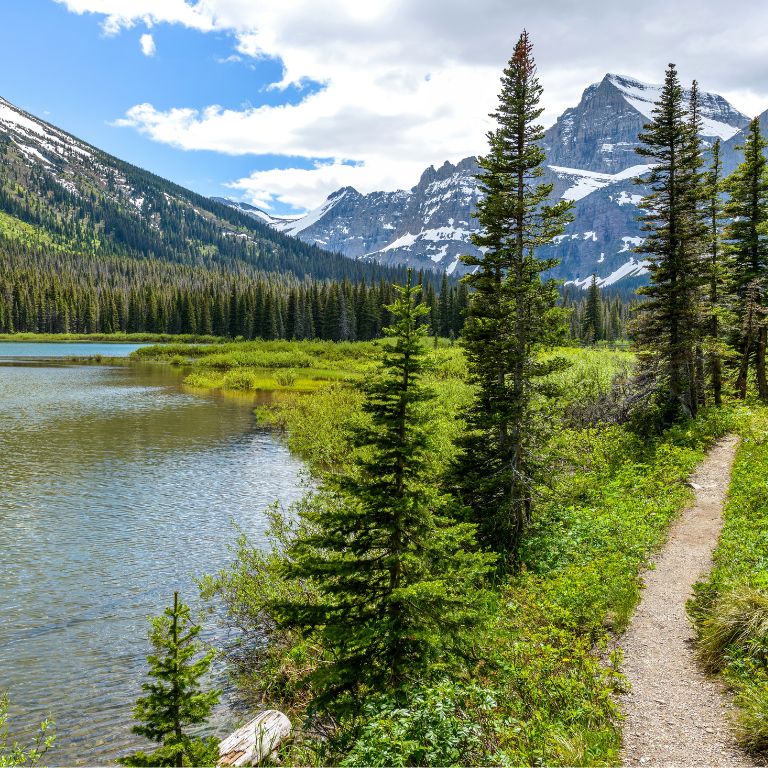
I have talked about this before, but I love using AllTrails to plan my hikes. It’s an easy-to-use app that allows you to filter on hikes based on difficultly level, length, and more. You can also read recent reviews of each hike, so you know from first-hand experience what you’re getting yourself into. When thinking of your timing, start out planning about a 2-mile/hour pace. If there is much elevation gain, plan for it to take you even longer. Pick a trail that’s easy, fun, and has a good view!
Research
The most important part of hiking is the preparation. Before you even leave your house, you should know the weather you’re going to be dealing with, any trails that might cross through yours and confuse you, and good spots to stop for snack breaks or lunch breaks. Let’s be real, snack breaks are an important part of hiking, and no one can tell me any different!
Adequately researching your hike will take away pre-hike nerves, it’ll also make you feel more comfortable on the trail. You may be able to recognize landmarks along the hike and tell how far you’ve come. During your research session, download your trail maps, print them out, and make sure you know how to read them. Being able to read a map can be crucial! Especially if you take a wrong turn or get lost on your hike.
Sharing Your Plan
You can do all the super planning that you want, but if no one in civilization knows where you’re going to be and how long you should be gone, you could be writing your death wish. I don’t mean to be overdramatic – I am not saying this lightly: communicate your plan. Communicate your plan, communicate your plan, communicate your plan.

I don’t just mean “hey, mom, I’m going hiking an hour away tomorrow.” I mean, “Mom, I’ll be hiking the saddleranch trail tomorrow. The trailhead is at this location, the trail is 3.5 miles long, and I’ll be doing the loop clockwise. I’m going with my friend Sue, it should take us 3-4 hours to complete, and I plan to be home by 2PM.” I mean SPECIFICS. It should be specific enough to be at the level of finding your crush online without knowing their last name. This is so important for every hiker, not just beginner hikers.
Packing Your Bags
Once you have planned, communicated, and given yourself a pep-talk for when your butt burns and you want to turn around, it’s time to pack your bags. Packing your bags is an art. You want to have everything you need and not a single thing more since it’ll just add weight. I am not sure if anyone ever masters the art of packing their pack. I always have an item or two that I didn’t need, but I like to be better safe than sorry.
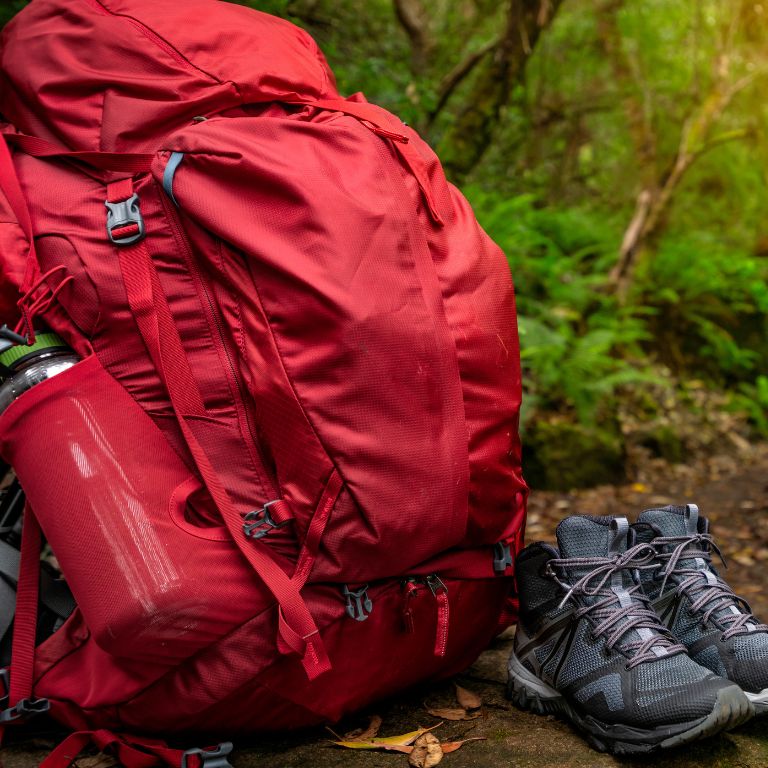
As a beginner, there are 10 essentials you should always have with you: navigation, sun protection, extra clothing or a jacket, a light of some sort, first-aid supplies, fire-making supplies for emergencies, a repair kit, nutrition (SNACKS, yay!), Hydration, and emergency shelter. For a day trip, you may be able to cut back on some of these, but this makes a great starting checklist.
Ensuring Physical Fitness
I’ll be the first to shout from the rooftops that you don’t have to have a six-pack or be able to run an 8-minute mile before your first hike. I have been hiking for years and I am nowhere close to a six-pack or an 8-minute mile. You do, however, have to be able to march your booty the distance of your hike and get back to your car safely. If you don’t feel like you’re in a place to do that, don’t feel bad. Start with walks around your neighborhood or find some loops around town to explore.
If you get bored of walking but still aren’t feeling physically ready for your first hike, do any activity that gets your cardio up and stretches your endurance. You can dance around your livingroom, ride a bike around the lake, or try a new workout class! My favorite is to put on the best tunes and walk/dance around town. Don’t knock it until you try it!
Hiking Etiquette
As a beginner in the hiking world, you want the long-timers to welcome you into the community and teach you their ways, so don’t get on their bad side! It may sound intimidating to keep track of all the “hiker etiquette” but a lot of it is just common-sense stuff. Be kind to those around you, appreciate the earth you’re exploring. And most importantly leave the trail more beautiful than when you showed up. I have a more detailed article on hiking etiquette, but here are a few major components:
Leave No Trace
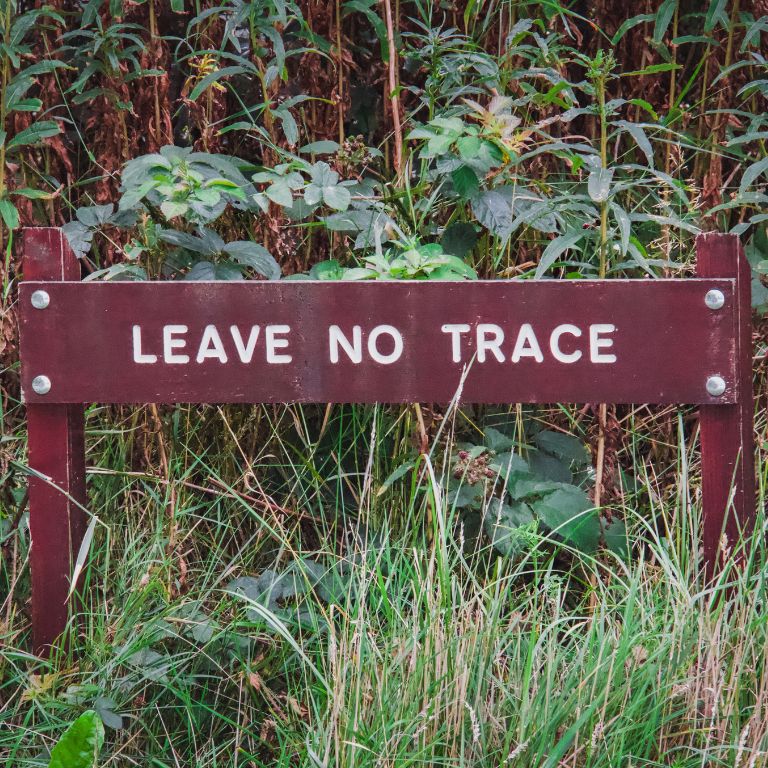
This is a practice to keep our earth beautiful and healthy. It’s simple – whatever you bring with you, bring it back out. Don’t leave garbage, food scraps, or anything else. I always like to pick up a few pieces of trash that I find on the trail. It’s one way I can do my part in maintaining the trails I love.
Respect Wildlife
When you’re hiking, you’re in the animals’ territory, so be respectful of their space. Don’t bother them, give them a wide girth, and don’t try and feed them. Animals who get fed human food then become pests and try to get into other human food later on, which can lead to dangerous situations for the animal and hikers it encounters.
Understand Right-of-Way
When you’re exploring busy trails, do what you can to keep track of the right-of-way rules. Uphill hikers have the right-of-way on the trail. Their range of sight is shorter and changing an uphill rhythm is a bit more difficult than a downhill one.
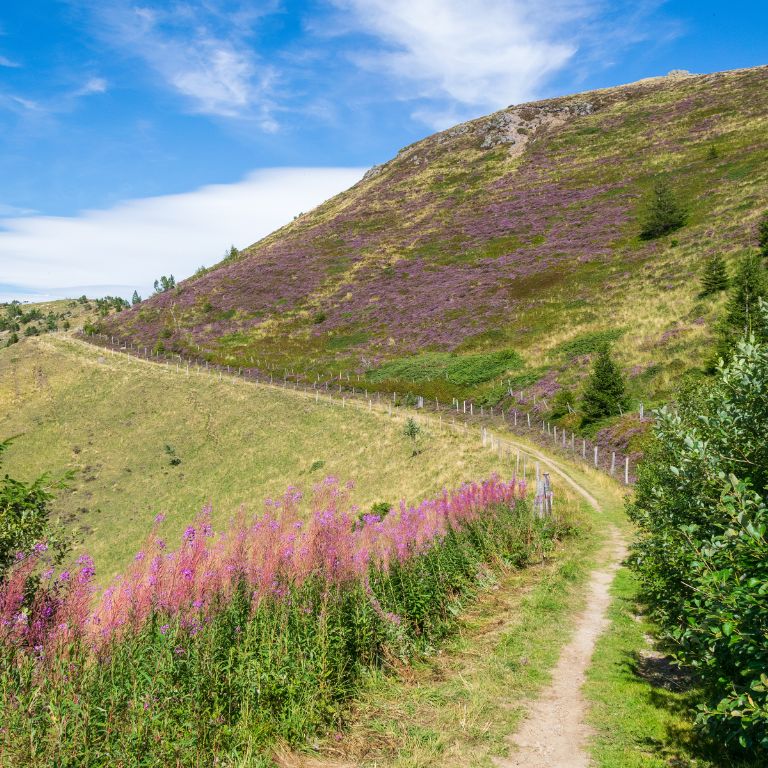
When it comes to etiquette, just do the best you can and be mindful. If you operate under the intention of being respectful and open to learning, the hikers around you will help teach you and welcome you into the world of hiking.
Pre-Hike Warmups
Hiking can be really taxing on your body, so don’t skip out on the pre-hike warmup. As a beginner make sure you stretch out your legs, back, and glutes, and get your muscles warmed up before hiking. If you’re starting your hike early and it’s chilly outside, your muscles can be very tight and need a gentle wake-up instead of just hitting the trail immediately. Imagine starting your day with a bucket of ice water dumped on your head vs. someone rubbing your back and slowly waking you up. One will go much more differently than the other and hiking is no different.
Choosing Your Beginner Hiking Wardrobe
Before you head out on your hike, you’ll want to make sure that you’re wearing proper attire, such as your best pair of stilettos and your favorite cocktail dress. If you decide to opt for a bit more traditional hiking fashion, I recommend keeping it simple. You need a good pair of hiking shoes, either boots or hiking tennis shoes, depending on your preference. In terms of clothing, I always wear my favorite workout clothes and am sure to bring a couple of layers. In my pack, I usually bring a beanie in case it gets cold, and I wear a cap on my head to block the sun. My top recommendation is a pair of hiking toe sock-type liners that go under your regular socks. These are the best for long hikes because they help prevent gnarly blisters between your toes – trust me on this, they’re worth the investment!
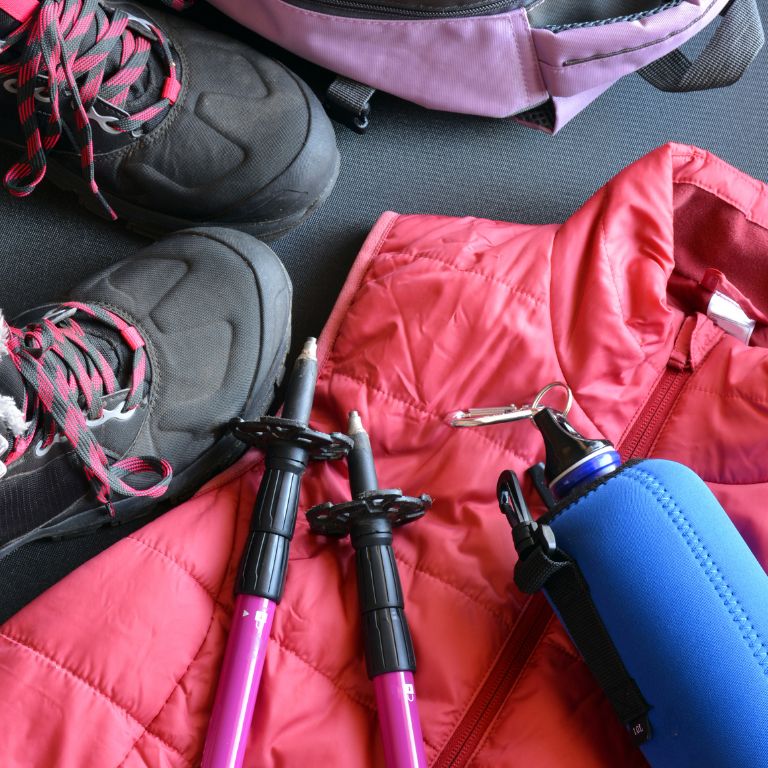
Common Hiking Pitfalls
Up to this point, you have done so much research and preparation for your hike, it would be a shame to fall victim to some of the common hiking traps out there! The list is non-exhaustive, and hiking can be dangerous if you’re not careful, but some of the biggest pitfalls beginner hikers succumb to are:
Overpacking For Hiking As A Beginner
I think this is probably the most common thing to come across on the trail, even by experienced hikers. I even overpack myself sometimes! It’s a really hard balance to be fully prepared for what you could encounter, while not adding too much weight to your pack. The obvious stuff is easy – don’t bring three extra outfits for a day hike. It’s the little stuff that gets you, should you bring 2 granola bars or 3? A large water bottle or a small one? It gets tough because every hike is different, but after a few times hiking as a beginner, you’ll start to learn what your body needs and what you do or don’t use along the way.
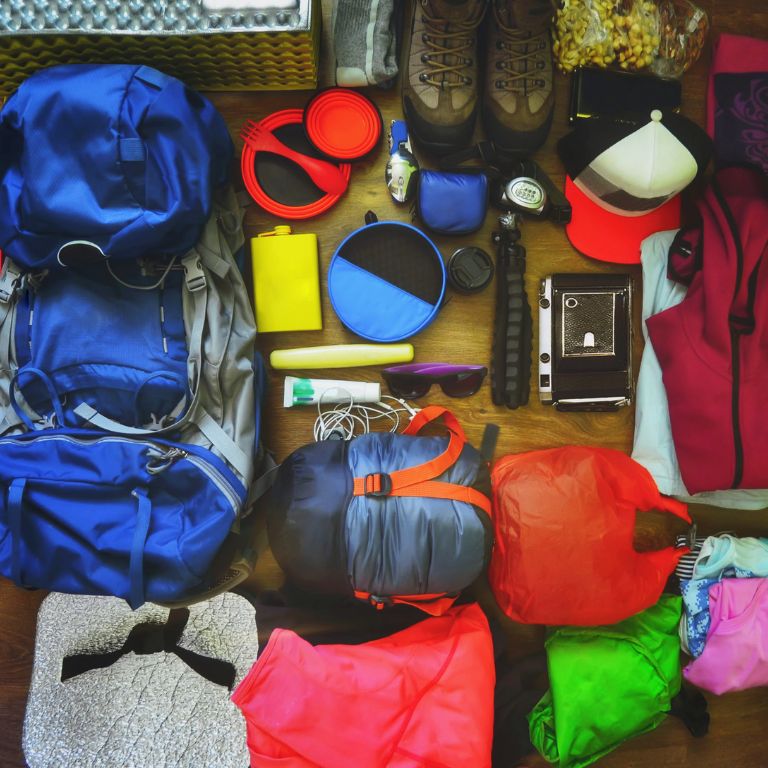
Under-packing
This is probably less likely, but under-packing can be dangerous. If you run out of food or don’t have the gear you need for the weather on the trail, it could turn into a bad situation. Yes – even worse than your 7th-grade school picture! Research upfront to understand the conditions you’ll be navigating.
Overestimating Abilities
Don’t get cocky! It’s not good in any situation, especially one that involves strenuous physical activity for long periods of time. Set your ego aside, choose a hike you know you can do, and gradually work up from there. If you’re hiking with friends who may be more advanced than you, be honest with them about your fitness level and beginner hiking capabilities. They’ll respect and understand your decision. After all, no one wants to have to carry you down the mountain if you’re severely fatigued!
Not Having Navigation Backup
Our phones are amazing tools, we can pretty much do anything on them, including using them to help us navigate our hikes. My biggest lesson to share when discussing hiking for beginners is this. DO NOT depend on your phone as your navigation tool. As convenient as it may be, phones die, they fall in the river, they suddenly quit doing what we want them to do, and more! Things can go wrong. Print out your map, know your trail, bring a compass, and build a basic skillset around navigation before your first hike.
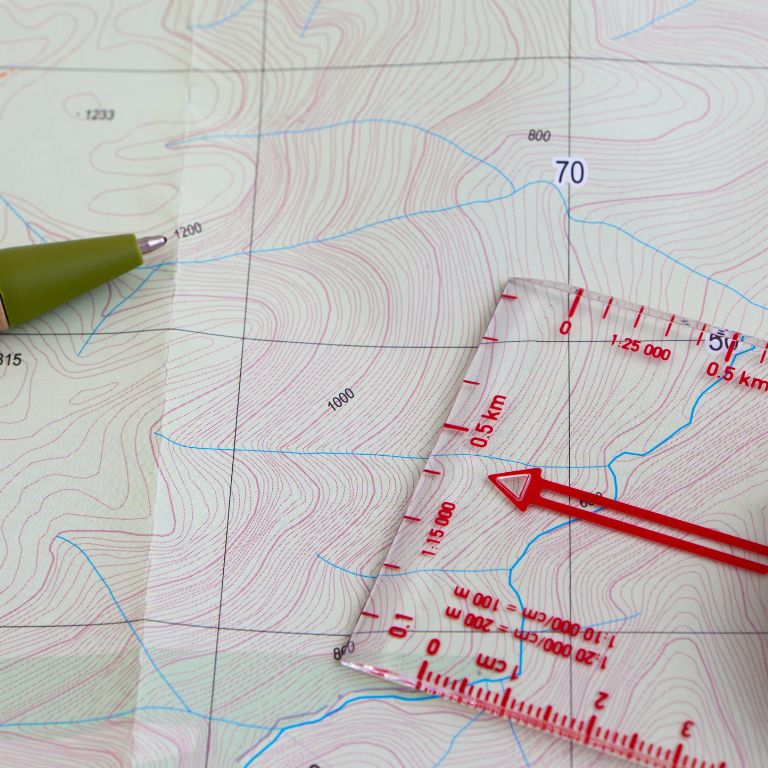
Too Little Hydration When Hiking As A Beginner
Running out of water can kill you. It’s not like when your mom wouldn’t let you go to a friend’s house in high school and you thought you might die, running out of water can actually kill you. You may think that it’s not a major concern for a short day hike, but if you get lost or it’s hotter than expected, water will be your lifeline. If you must overpack, overpack for water. I often see a few beginners hiking with just one bottle or two bottles of water on a 6 mile trail rated as hard.
Starting Late in the Day
Now, it’s not that you can’t start late in the day, but in the summer hiking season, starting late in the day can make for an unenjoyable experience, or worse, a dangerous one. There’s nothing less fun than an uphill slog with no shade in 100-degree heat. Don’t make this mistake; get started early if possible!
Post Hiking Recovery For Beginners
After you successfully finish your first hike, you may have a classic “hiker’s high” and want to do an even longer hike the next day. As tempting as it is, be sure to incorporate rest days into your routine. There is such a thing as “too much of a good thing” with hiking. As a beginner, hiking will push your body in a way it’s not used to! It will need time to heal from the exertion. Even as you become a more experienced hiker and leave the title “beginner hiker” behind, rest days are still important. You can’t hike every day, or your body will not recover properly and you could experience more serious injuries.
The day after your hike, you may feel sore muscles throughout your body or shin splints from the day before. Simply put, shin splints are strained shins from the pressure of each step you take during your hike on a terrain your body isn’t used to. These ailments are normal after hiking and will likely go away with time. Make sure you hydrate well in the days following a hike. I promise you’ll sweat more than you’ll realize and your body needs to be hydrated well as it tries to repair your muscles.
Selecting Your Next Hike
Hiking is pure magic. It’s beautiful, glorious, and all things good in the world. You’ll feel empowered after you complete your first hike (and maybe a little exhausted, too!) so it’s no surprise you might be ready to plan your next hike immediately. While it’s tempting to think “I’m no longer a beginner at hiking, let’s do the tough stuff,” you have to be careful of that mentality. Your next hike shouldn’t be a 10-mile hike, maybe try a 3- or 4-mile hike and see how that goes. If you gradually work your way up, you’re less likely to have a negative experience or feel burnt out after a hike.
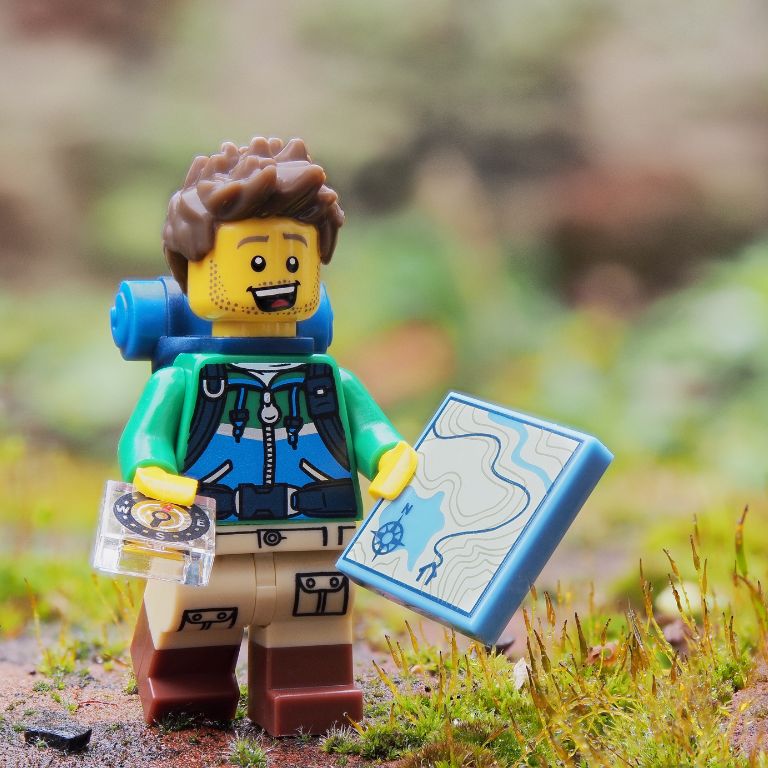
Remember: you want to keep coming back for more. It’s good to push yourself sometimes, but with hiking, don’t push yourself too hard. Hiking for beginners is like learning a whole new sport. You wouldn’t suddenly play major league baseball after your first t-ball game. Work slowly, sustainably, and enjoy every step!
